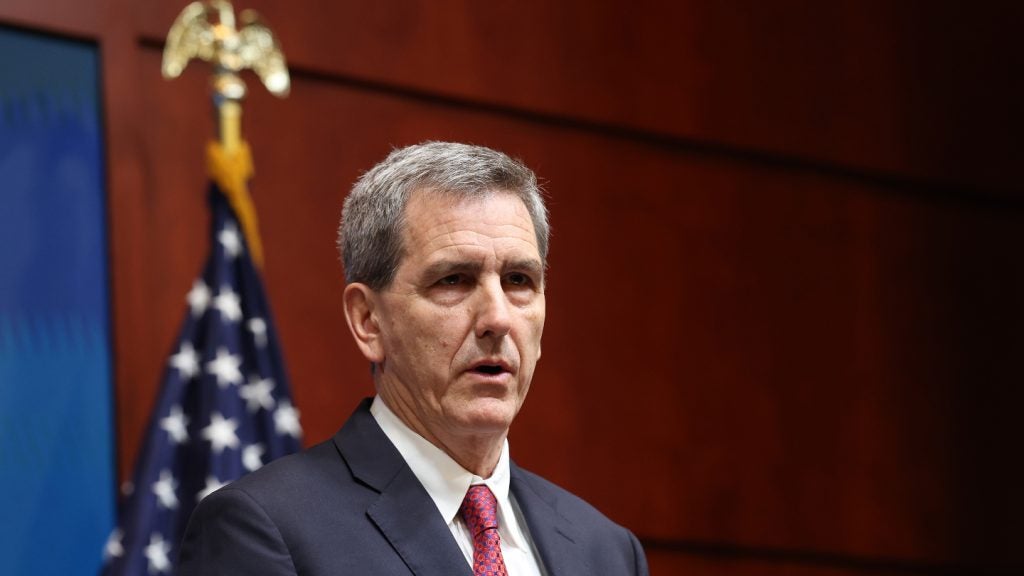
IATA's Global Safety Information Centre (GSIC) will draw on a range of sources, explains Günther Matschnigg, senior VP of safety operations at IATA, including the safety trend evaluation and data exchange system (STEADES), flight data analysis handled by CAE / Flightscape together with the results from the IATA operational safety audit (IOSA) and the ground operations audit (ISAGO).
"Since we launched IOSA we have also been building up data," says Matschnigg. "So we know what is going on in the airline industry on the basis of the 650 audits that we have done, which produce a huge amount of data and information. Every member airline must pass an IOSA every two years. Last year we launched ISAGO and we did 40 audits. This year we will do 80."
All of this data is no use unless analysed, in a de-identified way, and the results made available, as they will be on the GSIC website. On the long-term investment in this ambitious operation, he will say no more than it will cost 'a seven-figure sum'.
The payback though he insists will be considerable. Not only will airlines be able to benchmark themselves against each other, but IATA itself will be able to use the information to spot weaknesses and plan future safety strategy.
Improved accident rate
See Also:
The latest safety statistics show a 36% improvement in the accident rate over the last decade. Though, overall, the 2008 accident rate for Western-built jet hull losses per million flights, rose from 0.75 to 0.81, IATA members notched up a significant drop from 0.68 in the previous year to 0.52.
How well do you really know your competitors?
Access the most comprehensive Company Profiles on the market, powered by GlobalData. Save hours of research. Gain competitive edge.

Thank you!
Your download email will arrive shortly
Not ready to buy yet? Download a free sample
We are confident about the unique quality of our Company Profiles. However, we want you to make the most beneficial decision for your business, so we offer a free sample that you can download by submitting the below form
By GlobalData"In total numbers there were 109 accidents compared to 100. However the fatalities were 502 compared to 692 the previous year. So we have a very significant improvement on the fatality rate, gone down to 0.13 per million passengers. This is a positive development. We had a similarly impressive rate in 2004."
Africa has improved significantly over the years but still has an accident rate three times higher than the global rate. IATA has invested over $5m in safety activities in Africa such as the partnership for safety and the 'implementation plan for safe operations in Africa' (IPSOA) involving training programmes and a hard-nosed focus of operations and procedures.
Matschnigg insists that although some countries in Africa have 'a very long way to go', there have been encouraging signs, for instance, Nigeria's new civil aviation head's campaign to root out poor safety procedures and sanction rogue carriers.
The quality of data provided by the CIS has, according to Matschnigg, improved considerably in recent years. But there are few western-built jets operating in these countries, and the three western-built jet hull CIS crashes in 2008 have a disproportionate effect on the figures.
China, which since 2004 has been working closely with IATA, largely through the Civil Aviation Administration of China (CAAC) and the Civil Aviation University (CAUC) in Tianjin on operational, ground and in-flight safety, saw its accident record remain unchanged. Matschnigg recalls that the rapid expansion of airlines and air travel at the turn of the century posed a challenge to the government. The authorities imposed limits of traffic growth. Now the economic downturn seems to be taking over the process.
IATA has also been closely involved in Brazil following recent safety concerns: "We went to Brazil and asked how we could help," says Matschnigg.
"'We showed them what can be done to enhance ATC infrastructure and helped the government establish an improvement task force, reporting point changes, making sure radar is right, sending out the right note tones, in short making many little improvements. We also talked them through the IOSA model and encouraged them to use it, which they did. We also ran safety management systems and ISAGO seminars. An array of initiatives were launched with them and we are seeing improvements. It is encouraging."
Runway safety toolkit
But a safety chief's work is never done. Last year the majority of accidents involved runway excursions. To address this, IATA together with the Flight Safety Foundation is developing a runway safety toolkit which will be available in the second quarter of 2009. This will include recommendations from recent investigations findings. This will be rolled out globally with a big awareness campaign, in order to brief and train the pilots and the airlines of this world to make them aware of what can be done to prevent runway excursion.
Does Matschnigg suspect that sometimes pilots are under commercial pressures to avoid the fuel waste of a go around? He shakes his head: "As a pilot and commander, when you do that approach, there is no economic pressure at all. You come in to land and if the situation is not adequate, you go around. Airlines have made it clear that safety is the top priority, as it is for IATA."






